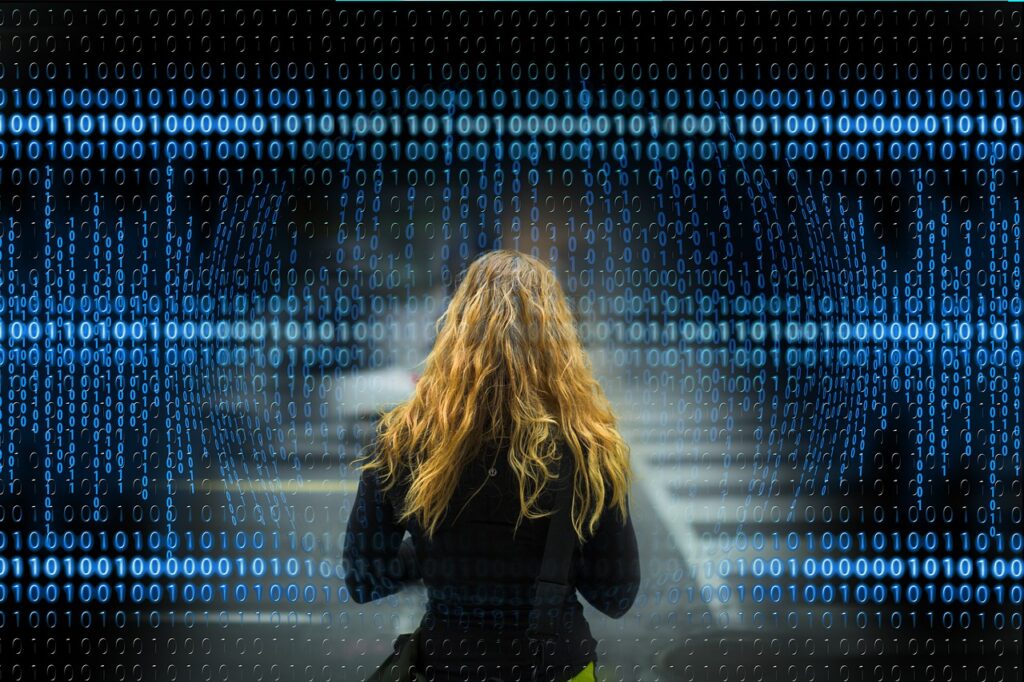Companies around the world quickly transitioned into remote work after coronavirus started spreading. Thanks to advanced technology, it’s possible to work from home and connect with colleagues. However, the use of technology comes with its set of challenges, especially in cybersecurity. For companies that adjusted suddenly without formal planning, performing thorough risk assessments, and identifying risk management techniques is now more critical than ever. By understanding the security risks associated with remote work, you can choose to either avoid, mitigate, transfer, or accept the risks.
Performing a Risk Assessment
A risk assessment helps you identify all company devices, data, threats, and impacts of risks. The assessment includes identifying, analyzing, and prioritizing the cyber risks of remote working.
Conduct an IT Audit
The purpose of an IT audit is to help you gather information about your network, your security protocols, and your vulnerabilities. The audit should target all aspects of your IT environment, including the staff. You can either perform the audit with your internal IT team or outsource it.
- Even if everyone is home, confirm the physical security of your servers, and identify everyone with access to the servers.
- If you outsource your IT services, check on security measures by the vendors. Are they compliant? Do they have access to your client information? What are their vulnerabilities?
- Check your company devices and confirm how many employees have work computers at home. If the employees use their devices, how safe are they?
- Read your IT policies and check if they cover remote working. Do you need an updated policy?
- Test your office software, check for updates, and confirm their security and reliability.
- Check for loopholes in your network that hackers can exploit.
- Where do you store the data and who has access to it?
- Check the security of wireless connections.
- How can you confirm the identity of remote workers?
- Are you complying with relevant regulations?
- What are your backup systems, and how safe and reliable are they?
Analyzing the Cyber Risks
Risk analysis involves examining the potential outcome of risk. After identifying each risk, you need to look at the possible consequences of each situation and measure the impact. Evaluating the impacts can help you prioritize risks according to their severity.
First, determine the probability of risk occurrence. For example, in remote work, there’s a high probability that your employees may mix personal and work projects on one device. There’s also a chance that hackers could take advantage of these weaknesses to access your systems. Ask yourself what a hacker stands to gain from manipulating the weaknesses in your security.
Next, determine the risk impact of each occurrence. What threat does each risk pose to your business? Is it high, medium, or low? After analyzing the risks, prioritize them according to their impact and likelihood of occurrence within a specific time frame.
Treat Your Cybersecurity Risks
After identifying your risks, analyzing, and prioritizing them, it’s time to handle them. Each situation may require different management techniques based on its impact.
The Human Factor in Remote Work
Accepting the reality of human error when addressing cybersecurity is crucial for remote work. Employees are home, the distractions are up, and there’s no way to enforce the usual office safeguards. The risks include:
- Using personal devices to handle office work. If you had no time to distribute work desktops and laptops, the use of personal devices should be top of your list.
- Workers sharing work devices with non-employees such as spouses, children, and friends.
- Employees using work devices for personal online projects which may expose your devices to malicious software.
- Using unsecured WI-FI networks to access work portals.
- Falling for phishing emails and messages.
- Use of unencrypted storage devices such as USB flash drives.
- Using unsecured channels to communicate and share company data.
Possible solutions include:
- The use of VPNs, updated firewalls, and anti-virus software is mandatory for all company devices. Continually check in with your employees to confirm if they update their software.
- Reinforcing the need to verify emails and messages before responding.
- Using multi-factor authentication to verify the identity of your employee before allowing access.
- Ensure that information sharing and saving happens on company devices and authorized software.
- Using tracking software to verify when your employees are online and also track the websites and software, they use on work devices. Traqq is especially useful for monitoring remote workers to ensure not only productivity and security.
- Employ controls to limit employee access to critical company data. You should also keep log records for every employee that accesses the system and track what they do with the data.
- Contact your vendors to discuss the liabilities and options that come with remote working. Do you need to re-check your inventory and device new ways to ensure data backup and security?
- Update your cyber-insurance to cover all risks associated with remote work or use cloud-platforms to transfer risk.
- Enforce stricter password regulations and use password managers.
- Continually monitor the situation and work with your IT team to improve your cybersecurity.
Bottom Line
Assessing, analyzing, and managing cyber risks can help you improve remote working. Prevent risks through updating software and having better access measures. You can also transfer the risk by upgrading your cyber risk insurance and using cloud platforms and tools.
- How to Use Risk Management Techniques to Improve Remote Work - May 30, 2020
- Upgrading Your Remote Business Cybersecurity - March 9, 2020
- Why Data Security Jobs are Growing in Popularity - February 20, 2020




Comments are closed.